In order to protect sovereignty in the cyber world and to build a European Digital Single Market (DSM), the European Union is determined to implement the Digital Markets Act (DMA) by 2024, despite numerous challenges. Violating the DMA regulations could result in fines of up to 10% of annual revenue, making it a “tightening noose” for American tech giants.
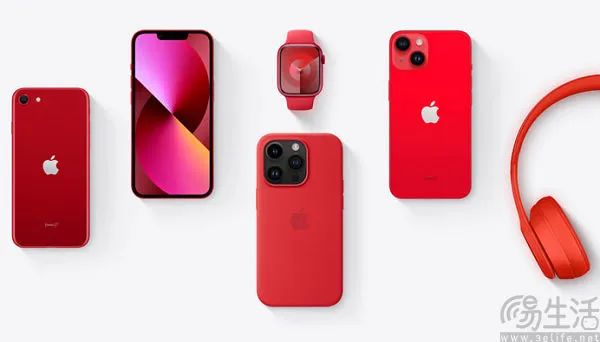
Currently, among the “Seven Sisters” of the US stock market, Apple, known for its closed “walled garden” ecosystem, is undoubtedly the primary victim of the EU’s DMA enforcement. Not only has the App Store lost its status as the sole application store within the iOS system, leading to the dissolution of the self-contained iOS ecosystem in the EU, but now even watchOS is under the EU’s scrutiny.
Recently, it was reported that on March 19, the EU ruled that Apple must provide “effective interoperability” according to the DMA provisions, allowing third-party smartwatches to receive, access, and manage iOS notifications without relying on front-end applications. This means that in the future, third-party smartwatches will be able to obtain “background execution” permissions through iOS devices, as well as features currently exclusive to the Apple Watch, such as Do Not Disturb mode and priority notifications.
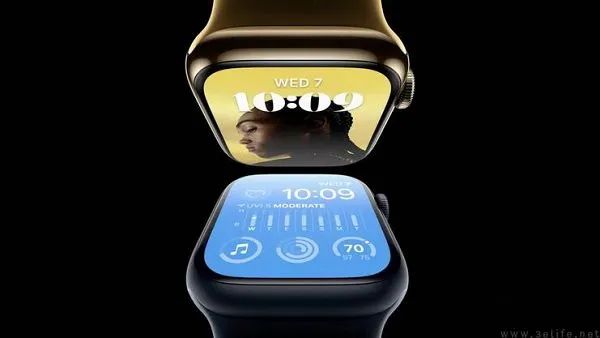
In response, Apple has consistently expressed its opposition, claiming it is being forced to provide new features for free. Of course, considering Apple’s initial resistance to opening third-party iOS app stores, it ultimately had to yield to the EU for the sake of the European market.
In fact, “interoperability” is a “landmine” deliberately embedded by the EU in the DMA to provoke infighting among American tech giants. It refers to the ability of tech giants, acting as “gatekeepers,” to establish links with competitors, allowing different computer systems, networks, operating systems, and applications to work together and share information.
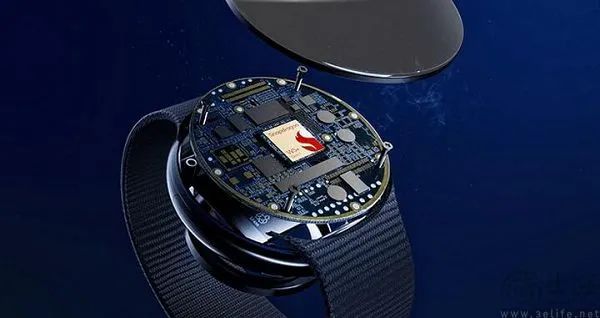
For example, under Google’s years of lobbying, to meet interoperability requirements, Apple’s iMessage was adapted to the Rich Communication Services (RCS) standard last year, allowing iOS and Android users to exchange rich media content such as images, files, videos, voice messages, and locations. “The iMessage on Android has eliminated the barrier for children in iPhone families to use Android phones,” a concern previously expressed by Apple’s Senior Vice President of Software Engineering, Craig Federighi, has ultimately become a reality.
Apple has long insisted that SMS between iOS and Android users can only display green bubbles, while iMessages show blue bubbles, to enhance the market competitiveness of the iPhone. They have also designed a series of exclusive features for the Apple Watch when paired with the iPhone to differentiate it from other smartwatch products.
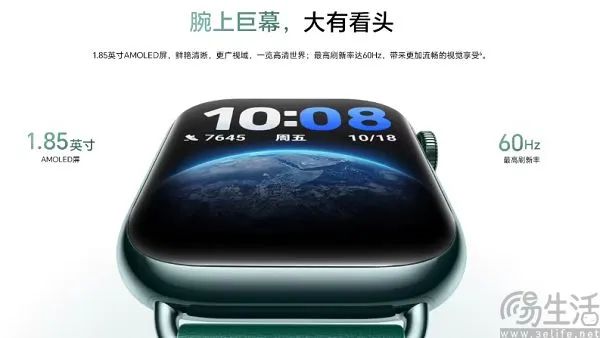
For instance, when the Apple Watch is paired with an iPhone updated to iOS 18.1, users can experience the AI notification summary feature of Apple Intelligence. Additionally, a feature updated in iOS 14.5 allows users to unlock their iPhone using the Apple Watch. Apple has leveraged this bundling of the iPhone and Apple Watch to make it difficult for third-party smartwatch manufacturers to capture the minds of iPhone users.
Globally renowned wearable device manufacturer Garmin is a victim of Apple’s closed strategy in the smartwatch field, as its smartwatches cannot achieve real-time voice functionality through the iPhone. In other words, for iPhone users, Garmin’s smartwatches can only provide a limited cross-device connectivity experience.
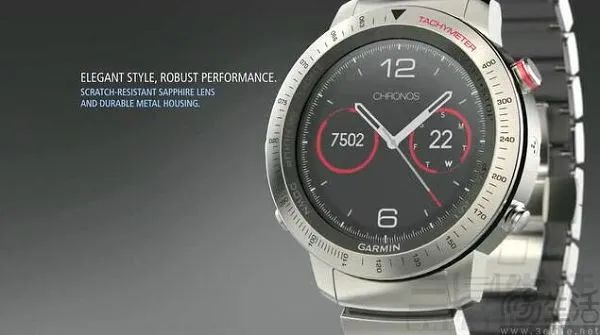
In the future, Apple will provide interoperability to smartwatches from manufacturers like Garmin, allowing them to enjoy the same treatment within the iOS ecosystem as the Apple Watch. This move will undoubtedly reshape the landscape of the smartwatch market. When the combination of iPhone and Apple Watch has other options, the premium capability of the Apple Watch will inevitably be affected, and its unique position in the smartwatch market will no longer exist.
Of course, the Apple Watch will face competition from friendly rivals like Garmin and Samsung, and those less intelligent “large bands” may truly suffer from unforeseen disasters. When it comes to smartwatch operating systems, Apple’s camp uses watchOS, while the Android camp uses WearOS. Both systems are characterized by high-performance chips that can operate independently of phones and support third-party applications, providing more playability and personalization options.

In a sense, watchOS and WearOS can be seen as scaled-down versions of iOS/Android, belonging to the mobile operating systems recognized by general users. However, beyond watchOS and WearOS, there are many smartwatches based on lightweight RTOS systems. RTOS stands for Real-Time Operating System, which was previously used mainly in industrial control, automation, navigation, and other fields.
For wearable devices like smartwatches, RTOS is indeed a cost-effective solution, characterized by high resource utilization. Through fine task scheduling and resource management, it can fully utilize the limited hardware resources of smartwatches and effectively improve battery life. Additionally, RTOS, originally designed for industrial control, has excellent reliability, with rigorous task scheduling and resource management, posing minimal risk of system crashes.
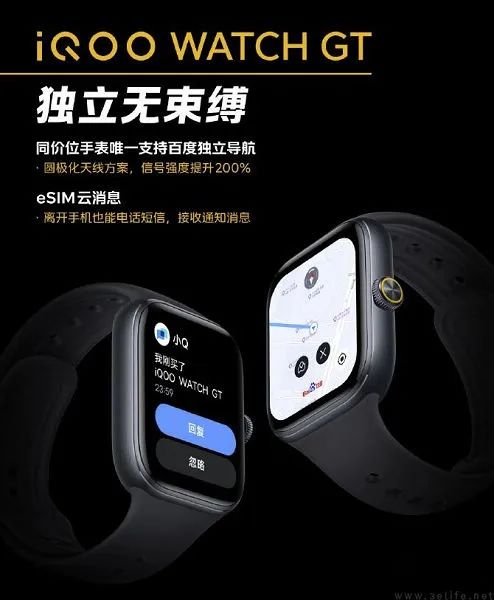
However, RTOS also has its drawbacks. As an embedded system, its development and debugging are more complex compared to Android and iOS, and the compatibility and portability between different RTOS systems are relatively poor, leading to higher deployment costs. In short, the operating systems used by RTOS-based smartwatches are often customized, limited to fixed functions, and lack scalability.
Therefore, for many users, RTOS-based smartwatches, which cannot install third-party applications and can only use fixed functions, are often seen as “large bands” rather than true smartwatches. However, in the past, when Apple prohibited interoperability for smartwatches, these shortcomings of “large bands” were not fully realized.
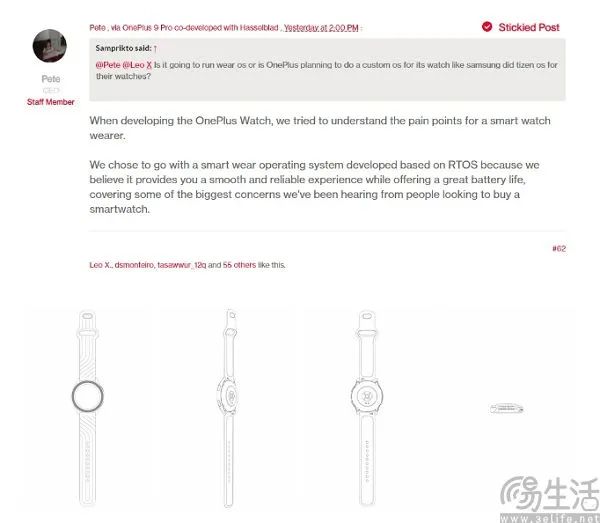
After all, if consumers are really looking to purchase fully-featured smartwatches costing thousands of dollars, they often choose the more mature software ecosystem and user-friendly Apple Watch. Budget-conscious consumers will opt for “large bands” priced under a thousand. Conversely, Android smartwatches positioned between the Apple Watch and “large bands” find themselves in a somewhat awkward position.
Even though Android smartwatches using WearOS have decent performance, the repeated upheavals from Google have left the WearOS ecosystem in a dire state, with insufficient supply of third-party applications, making it difficult to distinguish from “large bands.”
Once Apple, under pressure from the EU, opens its previously exclusive features to third-party smartwatches, fully-featured smartwatches using WearOS could benefit significantly, while “large bands” will expose their lack of scalability due to insufficient performance. Therefore, the likely outcome is that Android fully-featured smartwatches will “be forced” to make a leap forward.
【Images in this article are sourced from the internet】Recommended Reading:Core Ultra 200HX Debuts, Redefining Gaming Laptop Performance RulesHigher performance, lower power consumption, Intel delivers a new answer for gaming laptop CPUs.VR Gaming Faces “Visibility Crisis,” Blame Meta for Not Spending